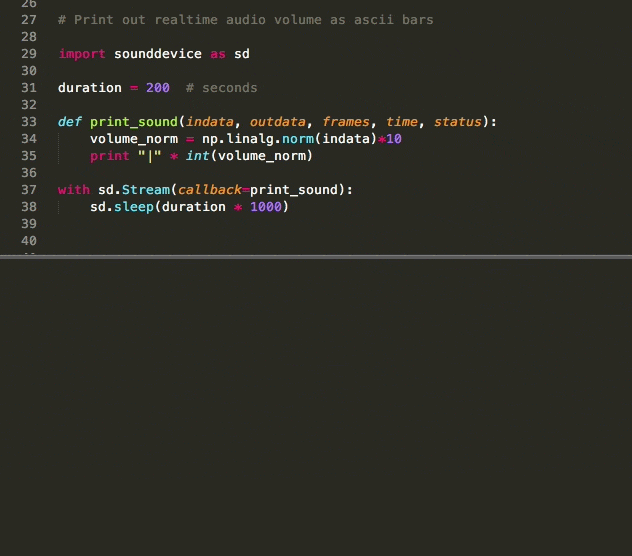

The ffmpeg.probe() method uses the ffprobe command under the hood. We're getting the media file path from the command-line arguments, so we don't have to modify the code whenever we want to extract the metadata of a new media file. # uses ffprobe command to extract all possible metadata from the media file # read the audio/video file from the command line arguments However, ffmpeg-python seems to work well for both simple and complex usage.īelow is the code responsible for extracting the metadata: import ffmpegįrom pprint import pprint # for printing Python dictionaries in a human-readable way There are a lot of Python wrappers of FFmpeg. Once you have it installed, you need to install the Python wrapper: $ pip install ffmpeg-python Use this link to get it installed in your environment. To make everything work properly, you need to install FFmpeg. In this quick tutorial, you will learn how you can extract video or audio metadata in Python using FFmpeg. Video metadata is all available information about a video file, such as width, height, codec type, fps, duration, and many more. There are many reasons why you want to include the metadata of a video or any media file in your Python application. Disclosure: This post may contain affiliate links, meaning when you click the links and make a purchase, we receive a commission.


 0 kommentar(er)
0 kommentar(er)
